The Role of Women in Kenya’s Construction Industry: Breaking Barriers and Building the Future
Kenya’s construction industry, long perceived as a male-dominated sector, is undergoing a transformation. More women are stepping into roles traditionally held by men, proving that gender does not define capability. From engineers and architects to project managers and skilled laborers, women are not just participating—they are excelling and reshaping the future of construction in Kenya.
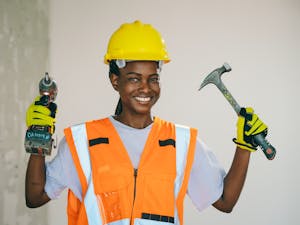
A Growing Presence in Construction
Historically, women in Kenya faced numerous challenges entering and thriving in the construction industry. Gender stereotypes, limited access to technical training, and workplace biases often discouraged female participation. However, recent years have seen a steady rise in women breaking through these barriers.
Today, women are leading major infrastructure projects, heading architectural firms, and influencing urban planning initiatives. This shift is fueled by a growing awareness of gender equality, supportive government policies, and the efforts of organizations championing women’s inclusion in construction.
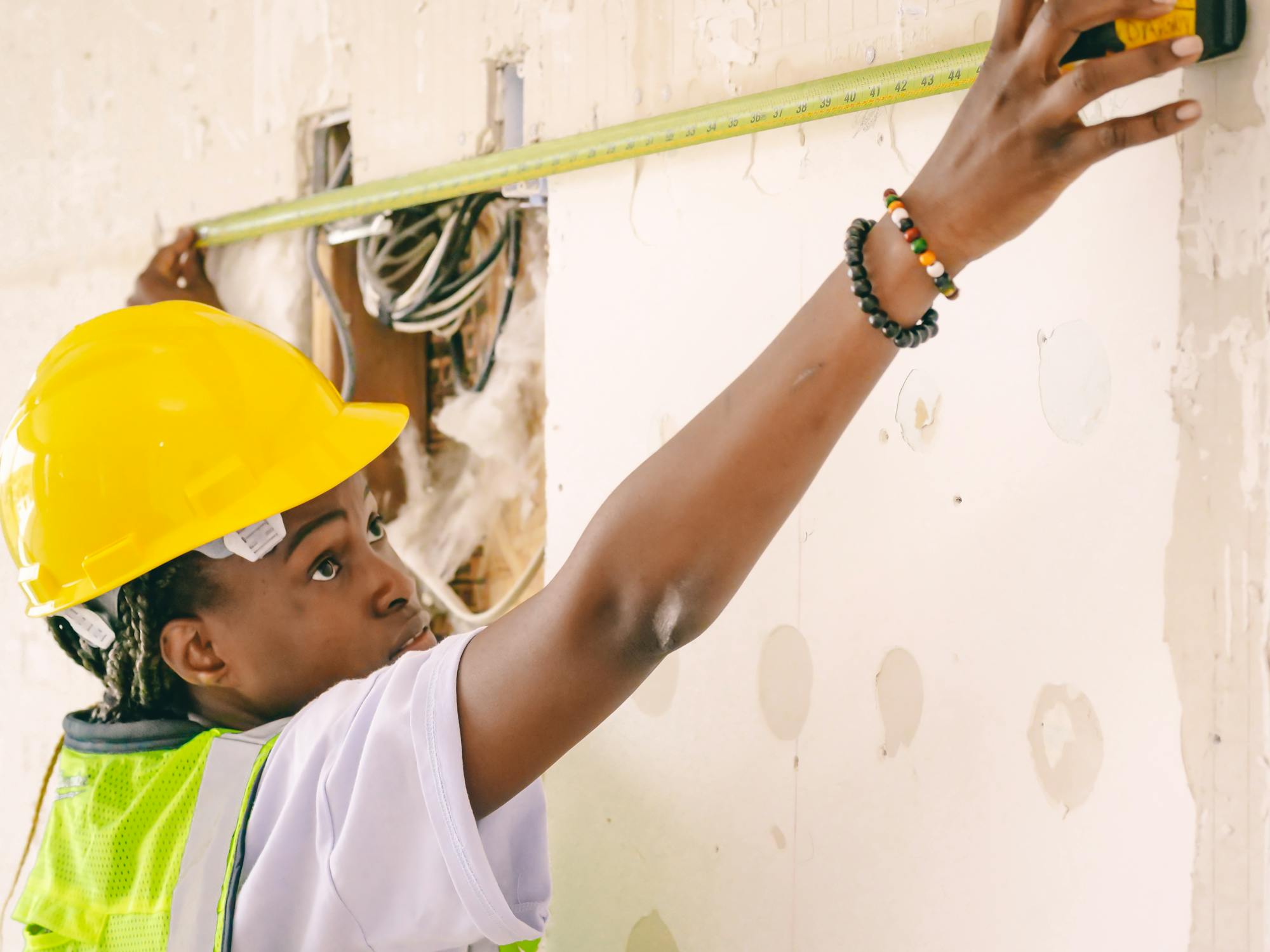
Challenges Women Face in the Industry
Despite progress, Kenyan women in construction still face significant obstacles:
- Gender Stereotypes: Many people still perceive construction work as too physically demanding or unsuitable for women.
- Limited Opportunities: Women often have fewer chances to gain on-site experience or leadership roles compared to their male counterparts.
- Workplace Discrimination: Reports of unequal pay, sexual harassment, and lack of support are common in male-dominated construction environments.
These challenges, while real, have not deterred women from making significant strides in the industry.
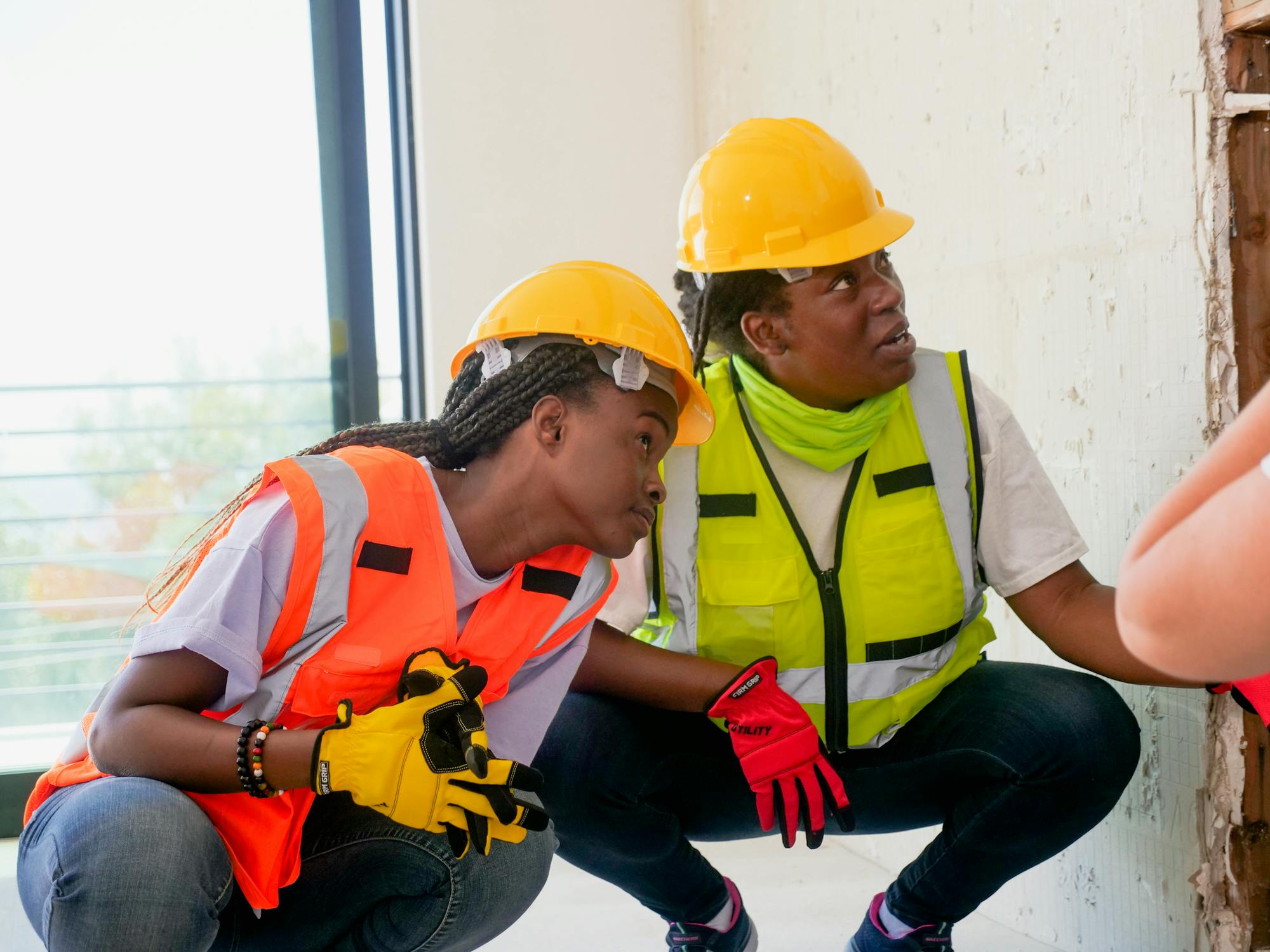
Driving Change Through Education and Training
One of the keys to empowering women in construction is education. Institutions like the Kenya Institute of Highways and Building Technology (KIHBT) and technical colleges across the country are actively enrolling more women in construction-related courses.
Programs offering training in areas like civil engineering, construction management, and skilled trades are equipping women with the technical expertise needed to excel in the field. Additionally, mentorship programs are connecting aspiring professionals with experienced women in the industry.
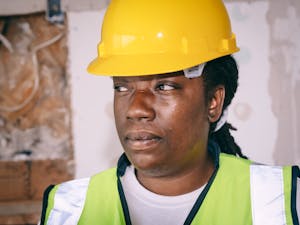
Success Stories: Women Leading the Way
Kenya has several inspiring examples of women who are shaping the construction sector:
- Jane Wanjiku, an engineer based in Nairobi, has led major infrastructure projects, including roads and bridges, demonstrating her technical acumen and leadership skills.
- Aisha Ahmed, a site manager in Mombasa, oversees large residential developments and advocates for gender equality on construction sites.
- Architect Wangari Karanja, renowned for blending traditional Kenyan aesthetics with modern design, has become a symbol of innovation in the industry.
These trailblazers show that women can thrive in any role within the construction sector, inspiring the next generation to follow in their footsteps.
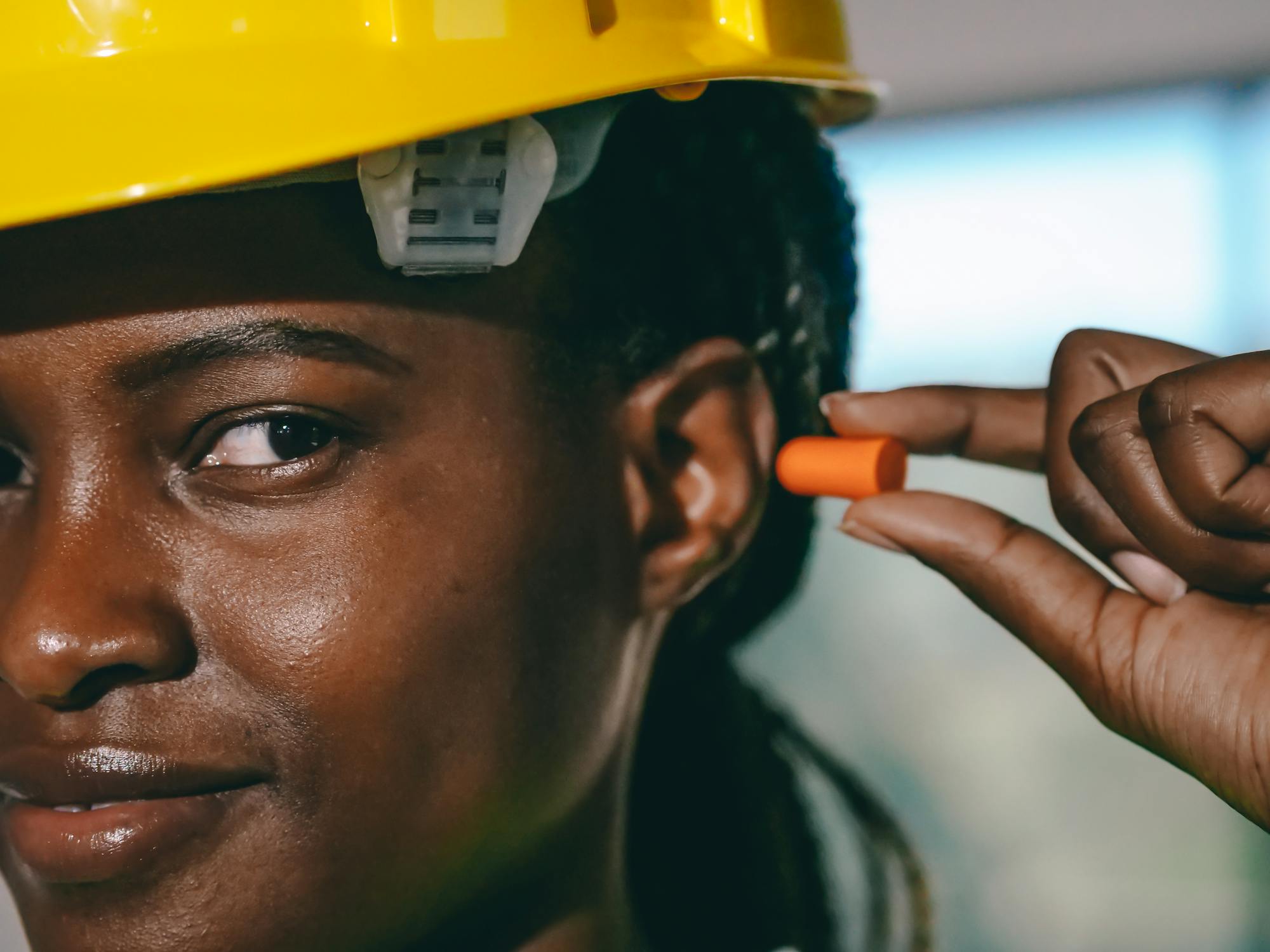
The Role of Government and Organizations
Government policies and organizations play a critical role in promoting gender diversity in construction. Initiatives such as Kenya’s Vision 2030 emphasize the importance of inclusivity in infrastructure development. Additionally, programs like the Women in Construction Association (WICA) provide networking opportunities, advocacy, and training for women in the industry.
Private companies are also recognizing the value of diversity. Some construction firms have introduced gender-specific policies, such as ensuring equal pay, providing safe working environments, and supporting women’s leadership development.
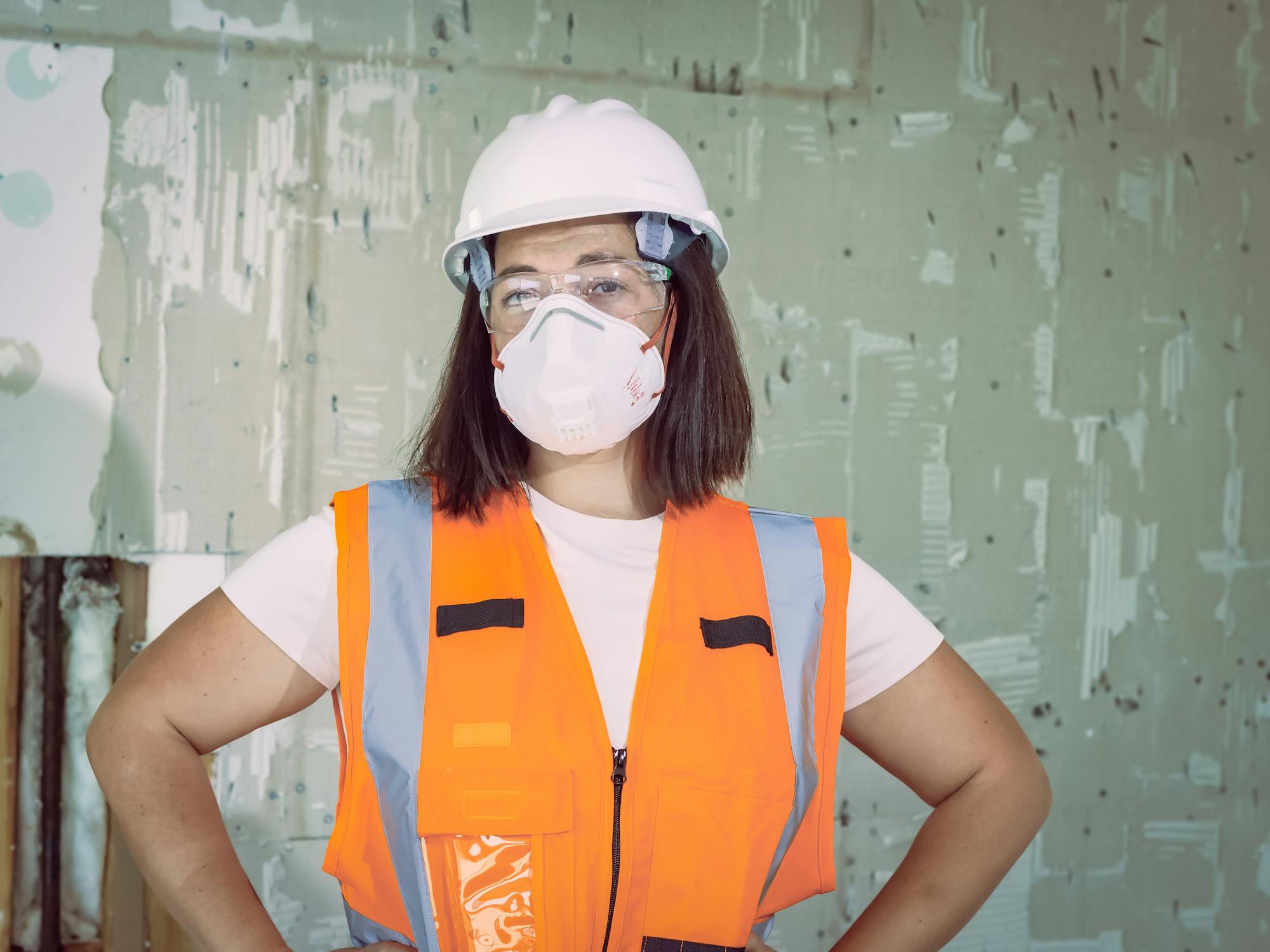
Why Gender Diversity Matters in Construction
Including more women in Kenya’s construction industry benefits not only individuals but also the sector as a whole. Research shows that diverse teams perform better, fostering creativity and problem-solving. Women bring unique perspectives to design, management, and community engagement, ensuring projects are more inclusive and sustainable.
Moreover, gender diversity helps address the skills shortage in Kenya’s growing construction sector. With infrastructure projects increasing across the country, tapping into a broader talent pool is essential to meet demand.
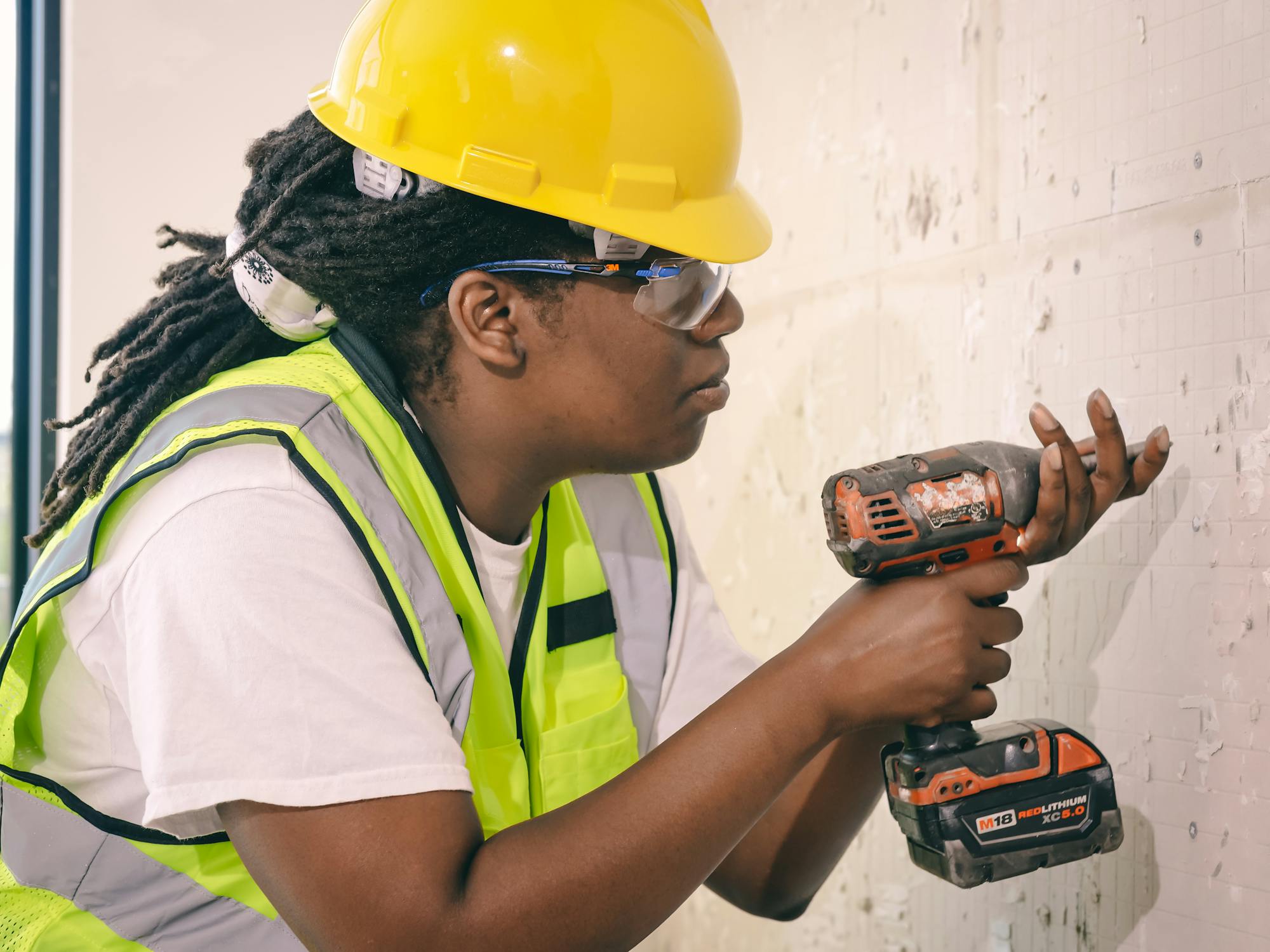
Building a Future for Women in Construction
The journey toward gender equality in Kenya’s construction industry is far from over, but the progress made so far is encouraging. By challenging stereotypes, improving access to training, and creating supportive work environments, women are proving their value and reshaping the industry.
As more women enter and thrive in construction, they pave the way for a future where Kenya’s infrastructure reflects not just innovation but inclusivity as well.
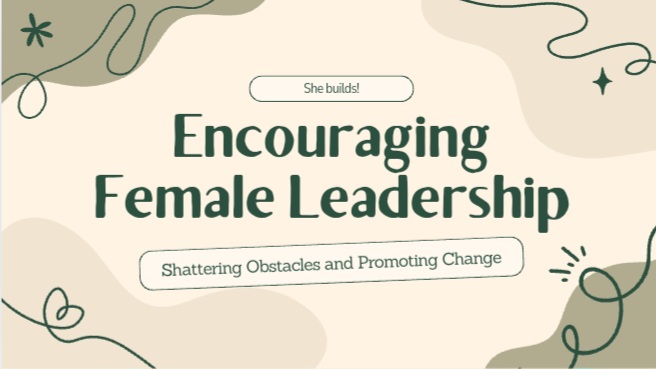
Conclusion
The role of women in Kenya’s construction industry is more than just participation—it’s about leadership, innovation, and transformation. With continued efforts to address challenges and promote gender equality, the industry stands to benefit from the diverse talents and perspectives women bring. Women are not only building structures; they’re building a stronger, more equitable future for Kenya.